Need help? Call us:
+91 7374000511
Line Art and Designer Elements PNG | 3750+ PNG | Universal Graphics
⏰ Hurry up !
₹499.00 Original price was: ₹499.00.₹199.00Current price is: ₹199.00.
🔥 Buy More Save More!
Buy 3 items get 5% OFF
on each productBuy 5 items get 10% OFF
on each productBuy 8 items get 20% OFF
on each productHave any Questions?
Feel free to Get in touch
PRODUCT DETAILS:
- Templates Type: Line Art & Designer Elements PNG
- Resolution: Very High Quality
- File Format: PNG
- Use In: Clipart
WHAT YOU’LL GET:
- 3750+ PNG
- 1 ZIP FILE
- 928 MB FILE SIZE
Introduction to Line Art And Designer Elements PNG
Line art, fundamentally characterized by its use of distinct, continuous lines, is a unique artistic style that has captured the interest of artists and designers throughout history. This form of art has roots that trace back to ancient civilizations, where simple line drawings were employed in cave paintings and hieroglyphs as a means of storytelling and communication. Over the centuries, line art has evolved, influenced by various artistic movements, including Minimalism and Modernism, each contributing to its development and stylistic diversity.
Historically, line art was often limited to black and white, emphasizing the contrast and structure within compositions. Notable artists like Pablo Picasso and Henri Matisse have demonstrated the potential of line art to convey complex emotions and narratives with minimal detail. Such simplicity allows viewers to engage their imagination, often leading to varied interpretations. In contemporary times, line art has seen a resurgence, buoyed by digital advancements that enable artists to create intricate designs with precision.
In modern design, line art serves multiple purposes across diverse applications. It has become a staple in graphic design, particularly in branding and illustration, due to its versatile nature. The use of line art can simplify information, making it easier to digest and appealing visually. Furthermore, the clean and streamlined aesthetic aligns well with current design trends that favor minimalism and clarity. As we observe the shift towards digital media, designers are increasingly using line art to create logos, infographics, and social media graphics, showcasing its enduring relevance.
This exploration into line art reveals its significance as both an artistic medium and a design element. The juxtaposition of simplicity and complexity within line art allows it to transcend traditional boundaries, making it a preferred choice for many contemporary creators.
Understanding Designer Elements PNG Files
Designer elements png are crucial components utilized in various design projects, serving as the building blocks of visual communication. These elements can range from intricate illustrations to simplified icons, often employed to enhance the aesthetic appeal and functionality of a design. Designers incorporate these elements to convey messages, establish brand identity, and create engaging user experiences. Given their versatility, designer elements are adaptable across numerous mediums, including digital platforms, print materials, and social media graphics.
One of the most widely used formats for these designer elements is the Portable Network Graphics (PNG) file. PNG files are particularly favored in graphic design due to their capability to maintain image quality and support transparency. This latter characteristic allows designers to overlay elements onto various backgrounds without the unsightly rectangular borders often found in other formats, such as JPEG. The transparency feature makes PNG files ideal for logos and graphics that need to seamlessly integrate into diverse backgrounds, enhancing their usability across different design contexts.
In addition to their transparency capabilities, PNG files are lossless, which means they do not lose any image data during compression. This quality is especially valuable for designers who require high fidelity in their graphics, as it ensures that the final output remains crisp and clear. Moreover, PNG files support a broad color palette, making them suitable for detailed illustrations with rich colors. In contrast to formats like GIF, which are limited to 256 colors, PNG files offer a more vibrant and visually appealing presentation. Overall, understanding designer elements and the advantages of utilizing PNG files significantly enhances the effectiveness of design projects across various platforms.
The Aesthetic Appeal of Line Art in Design
Line art is recognized for its minimalist elegance, relying predominantly on linear forms and shapes to create visually appealing designs. This simplicity allows for a clean and uncluttered aesthetic that resonates deeply with contemporary design preferences. Line art strips away unnecessary details, thereby emphasizing essential contours and connections, creating a serene yet sophisticated visual experience. The use of negative space further enhances its appeal, allowing designs to breathe while highlighting the interplay of lines and shapes.
One of the compelling aspects of line art is its versatility and adaptability to various mediums and contexts. When integrated with other design elements such as typography, colors, and textures, line art can elevate compositions into striking visual narratives. For instance, in branding, companies often utilize line art to convey trust and modernity. The straightforward nature of line art aligns well with brand values of transparency and simplicity, making it an effective tool in marketing strategies aimed at creating lasting impressions.
In personal artwork, line art has been employed to depict intricate subjects in a pared-down form. Artists often leverage its minimalist qualities to explore themes of form and connection, illustrating complex ideas with astonishing clarity. The delicate nature of line art is particularly poignant in posters, illustrations, and digital designs, where the subtle interplay of lines invites viewers to engage and interpret the imagery. Moreover, successful applications of line art in contemporary art galleries showcase its emerging popularity, establishing it as a meaningful form of expression in today’s art scene.
Overall, the aesthetic qualities of line art—its elegance and simplicity—make it a compelling choice for designers looking to create impactful visuals. By embracing its potential, one can achieve a harmonious balance that captures attention and communicates effectively across various platforms.
Creating Line Art PNGs
When venturing into the world of line art PNG & Designer Elements PNG , a structured approach can significantly enhance your creative process. First, selecting the right software is crucial. Popular graphic design applications such as Adobe Illustrator and CorelDRAW are widely recommended for their robust vector graphic tools. Alternatively, Procreate on the iPad offers a user-friendly interface for digital artists. Each of these options supports the creation of high-quality line art that can be exported as PNG files.
To initiate the drawing process, begin by sketching your design either on paper or digitally. If you opt for paper, take a photo or scan the sketch to import it into your chosen software. Utilizing a digital tablet can streamline this process as it allows for direct drawing. When using vector software, leverage the Pen Tool for precision in creating smooth lines. Begin by outlining your design, ensuring each stroke is intentional; this technique aids in developing clean, professional artwork.
Once your line art is complete, it is essential to prepare for export. Ensure that your art is well-organized, ideally on a separate layer, so that you can easily isolate lines without background interference. The exporting process should be straightforward; select ‘Export As’ and choose PNG as the format. This will preserve the transparent background, making your designs versatile for various projects.
Incorporating line art into different designs requires a thoughtful approach. Consider the color palette and the context in which the line art will be placed. Simplicity often enhances visual appeal, so integrate line art with complementary elements, ensuring it contributes to the overall design rather than overwhelm it. This harmonious integration enhances the aesthetic quality while maintaining the focus on the narrative of your project.
Inspiring Examples and Resources
Designer Elements PNG has emerged as a popular trend in various design fields, offering a minimalist yet sophisticated approach to visual expression. Numerous designers have harnessed the potential of line art to create stunning and evocative illustrations. For instance, artists like Malika Favre utilize bold lines and simplicity to convey complex themes, while others emphasize delicate details that draw the viewer in. These diverse styles serve as a testament to the versatility of line art, inspiring creators to push the boundaries of their own work.
Moreover, platforms such as Behance and Dribbble showcase a myriad of line art projects by talented designers, providing a wealth of inspiration for those looking to explore this medium. These sites not only allow creators to share their masterpieces but also enable aspiring artists to discover innovative uses of line art, informing their design practices. One can also find a rich assortment of line art illustrations on Instagram, where hashtags like #lineart and #minimalism illustrate the captivating diversity of this style across different artists and genres.
For those eager to experiment with line art in their own projects, numerous resources are available both for free and at a premium. Websites such as Freepik and Vecteezy offer a wide selection of free Designer Elements PNG , suitable for personal projects or commercial use with appropriate credit. Additionally, premium resources can be found on platforms like Creative Market and Envato Elements, where designers can access high-quality, curated collections of line art that enhance their creative toolkit.
Having access to these inspiring examples and valuable resources is essential for any designer wishing to incorporate line art into their repertoire. The opportunities for experimentation and growth in this artistic realm are boundless, encouraging innovation in design practices and visual storytelling.
Our More Products: Flower PNG
Need Any Help:
Related products
14×40 Wedding Album Design || 14×40 PSD File || Universal Graphics
🔥 7 items sold in last 3 hours
Maternity Background HD Download | Universal Graphics
🔥 7 items sold in last 3 hours
Pre Wedding Instagram Post Design | Vol 03 | Universal Graphics
🔥 4 items sold in last 3 hours
Pre Wedding Instagram Post Design | Vol 05 | Universal Graphics
🔥 8 items sold in last 3 hours
Royality Sound Effect | Premium Sound Effect | Universal Graphics
🔥 12 items sold in last 3 hours

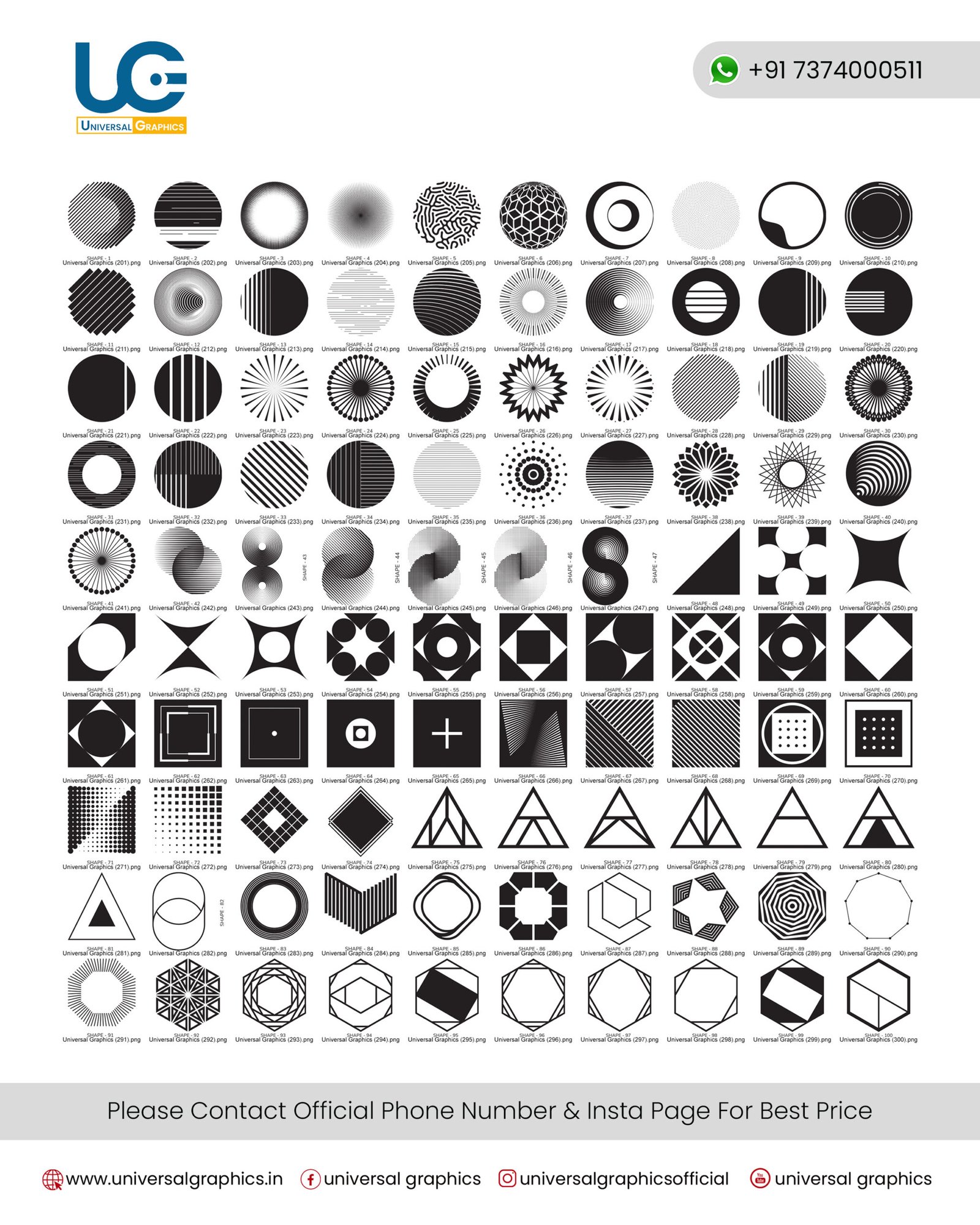
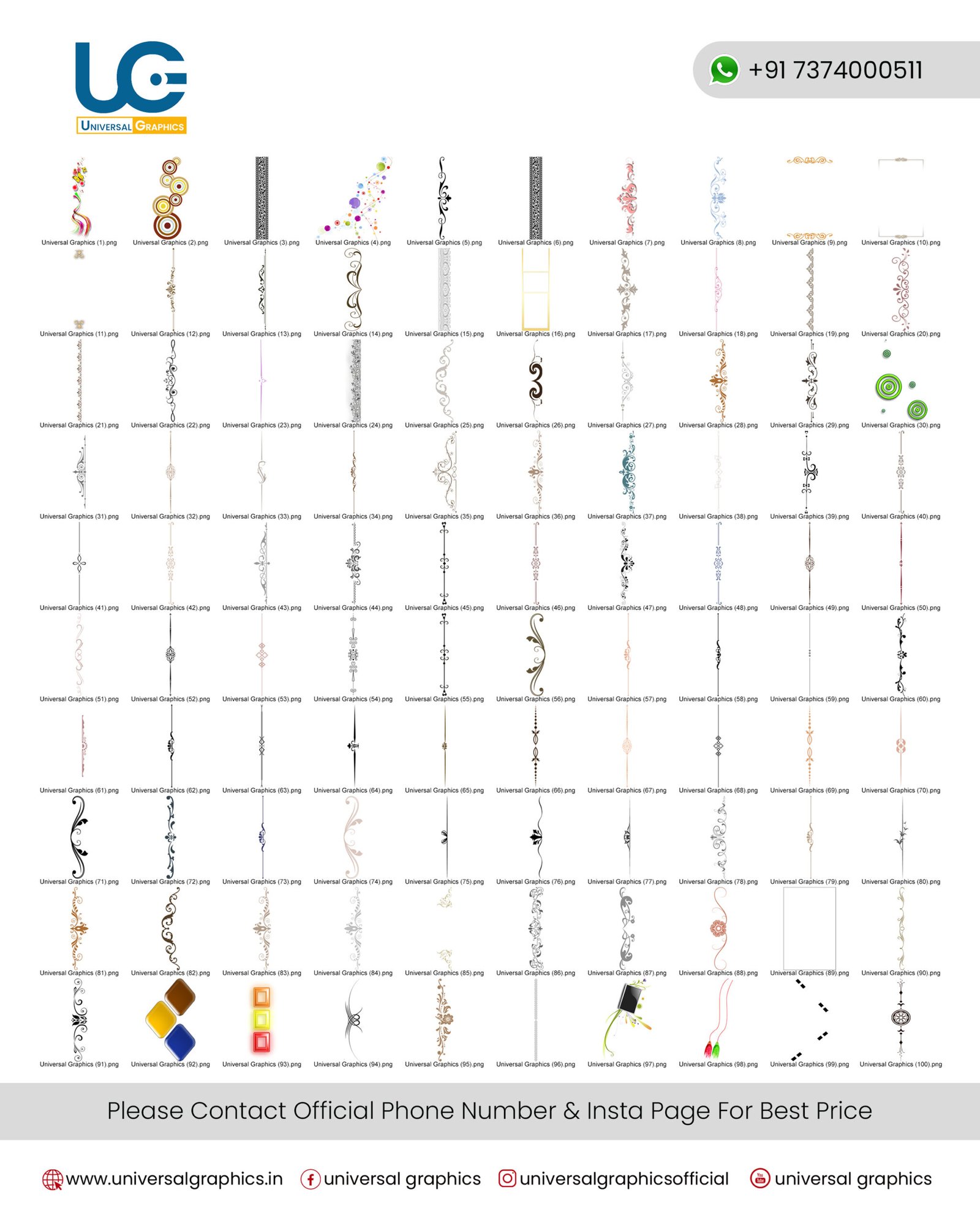
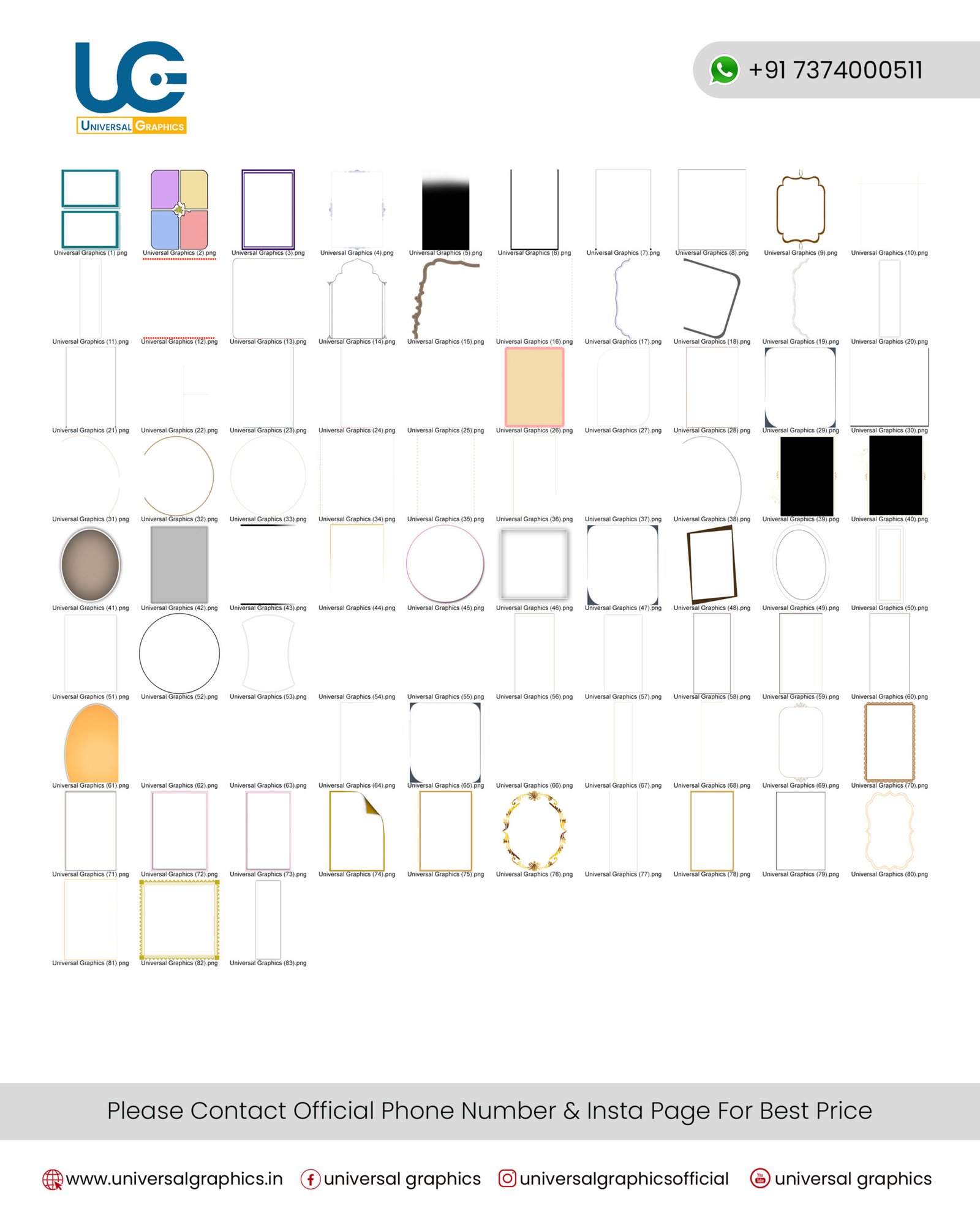

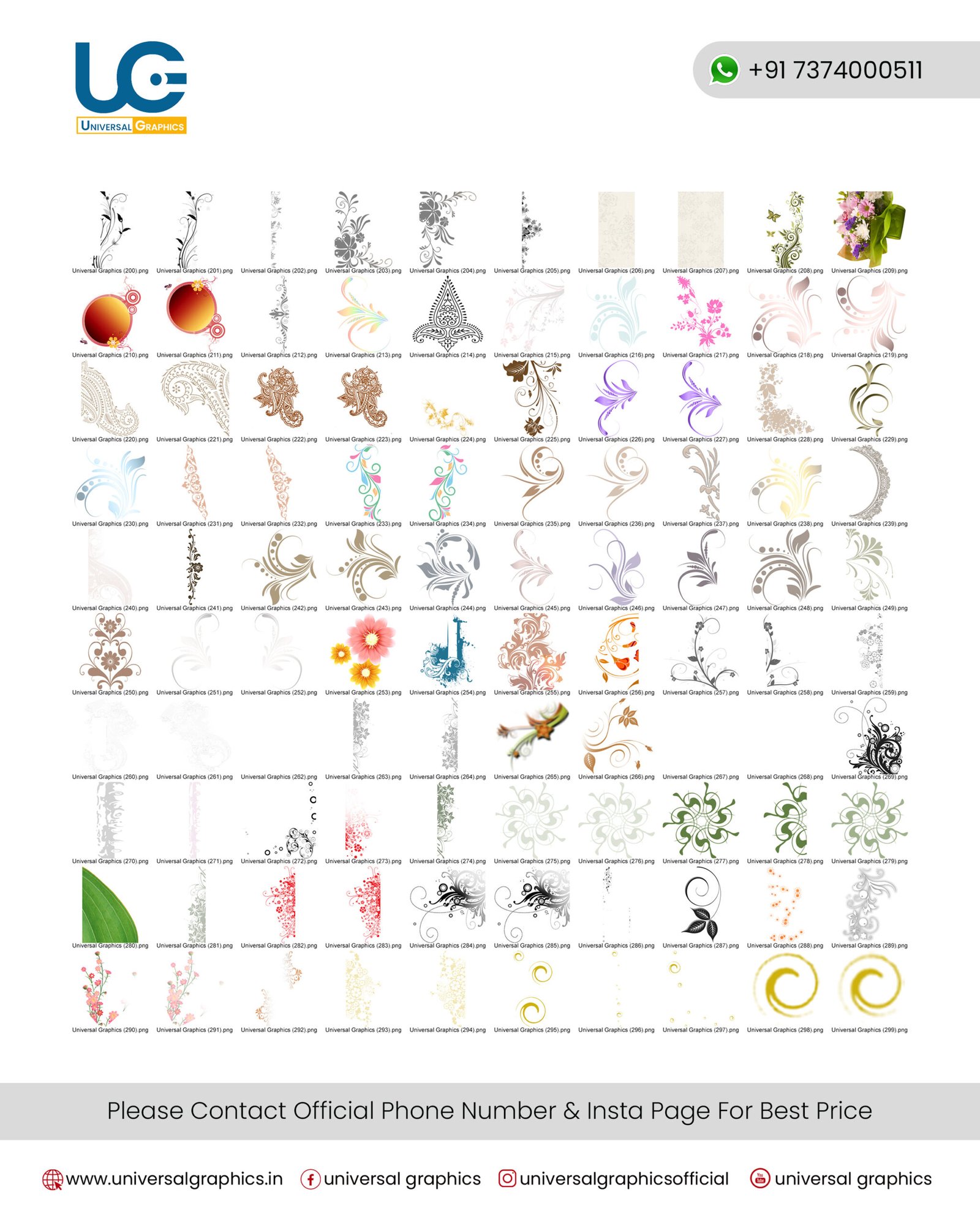
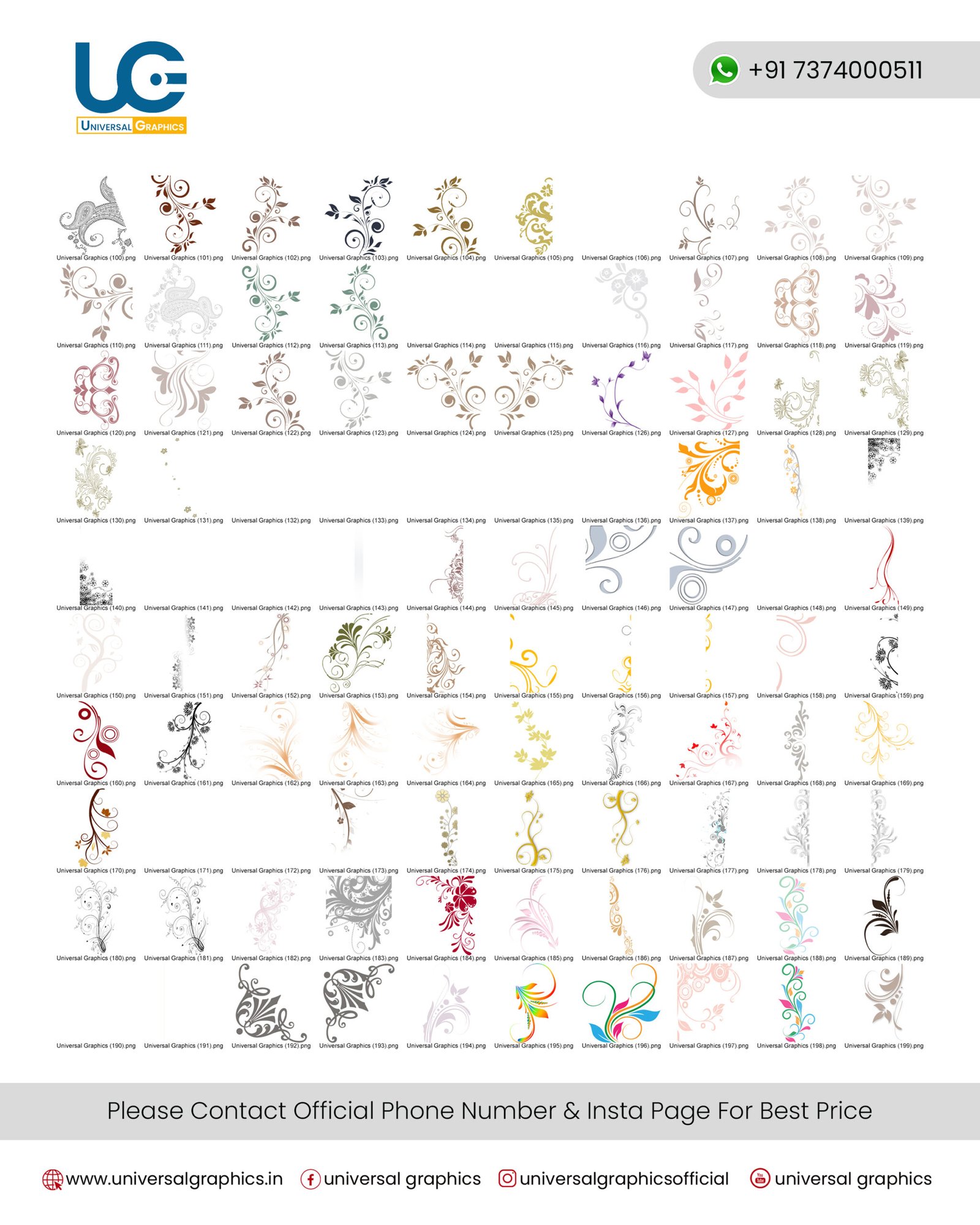



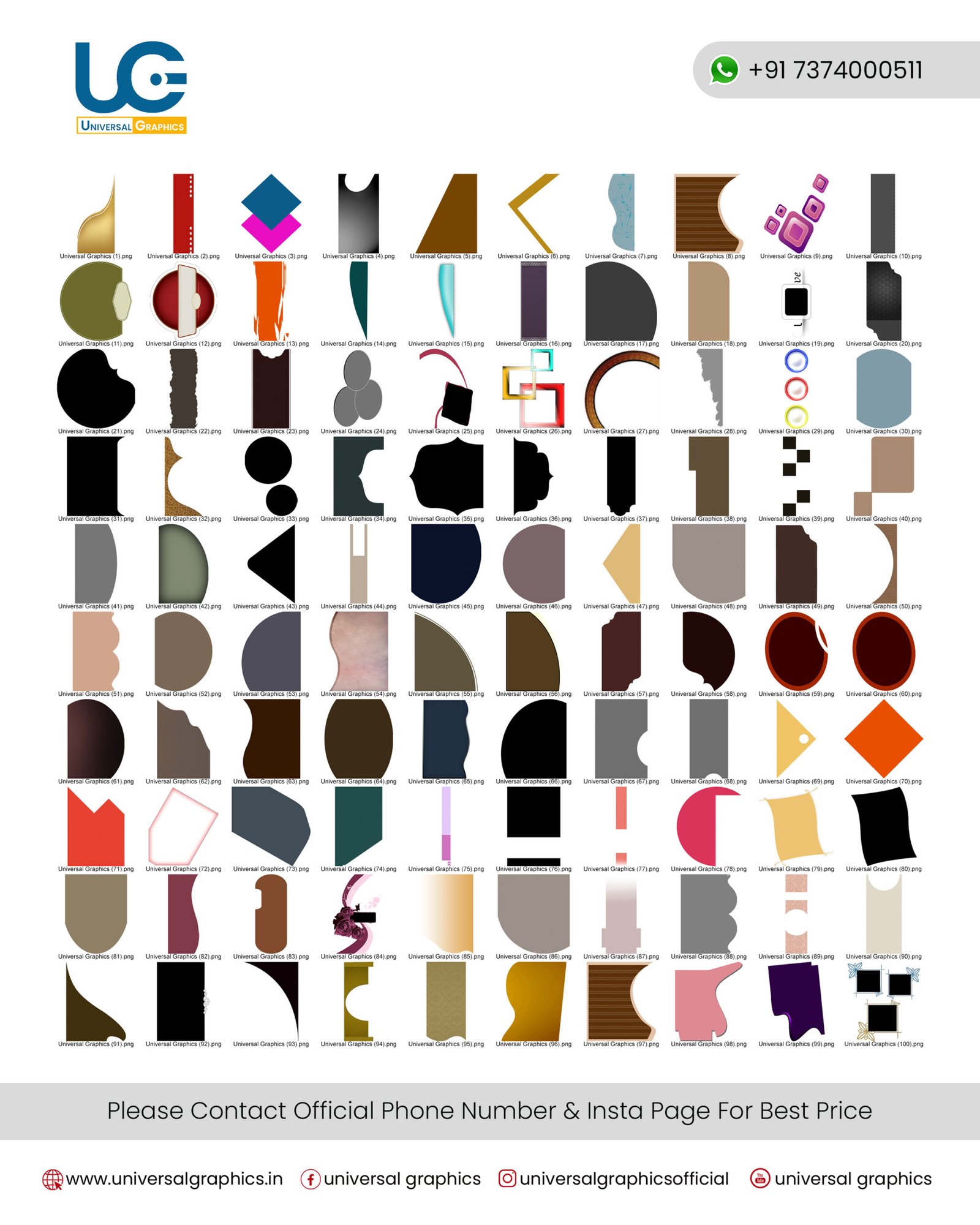
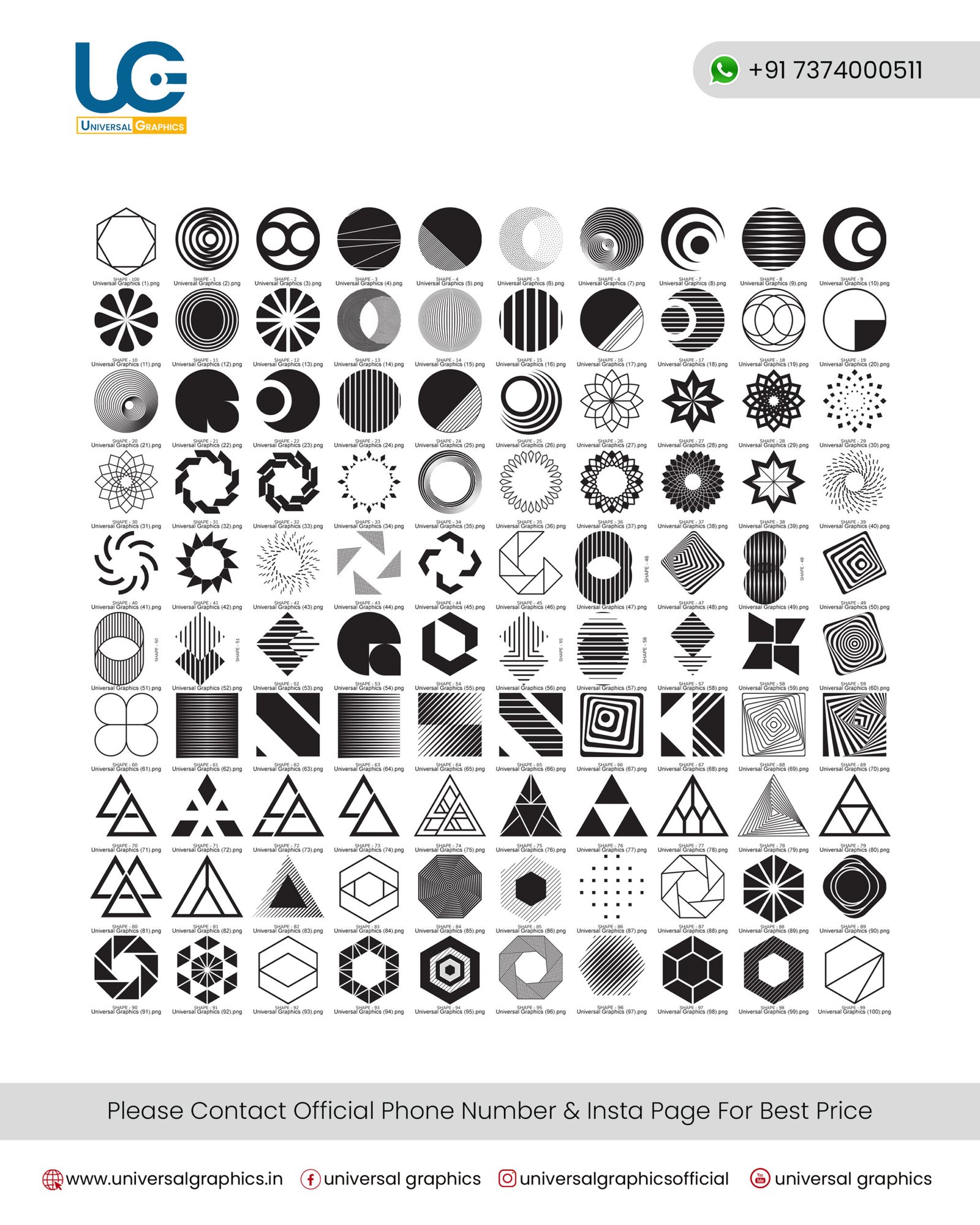

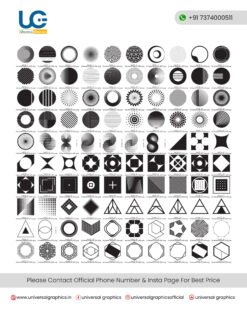






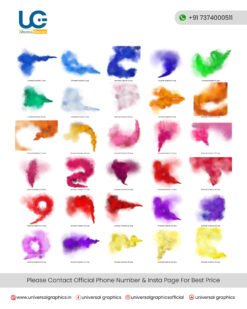
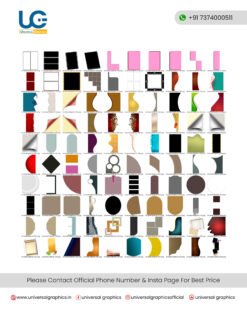
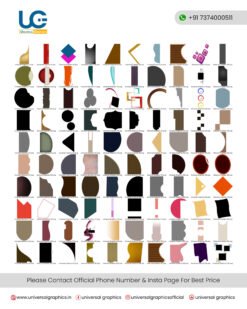
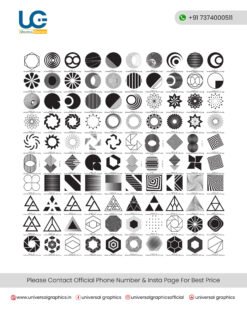
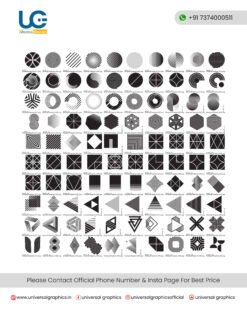





Reviews
There are no reviews yet.